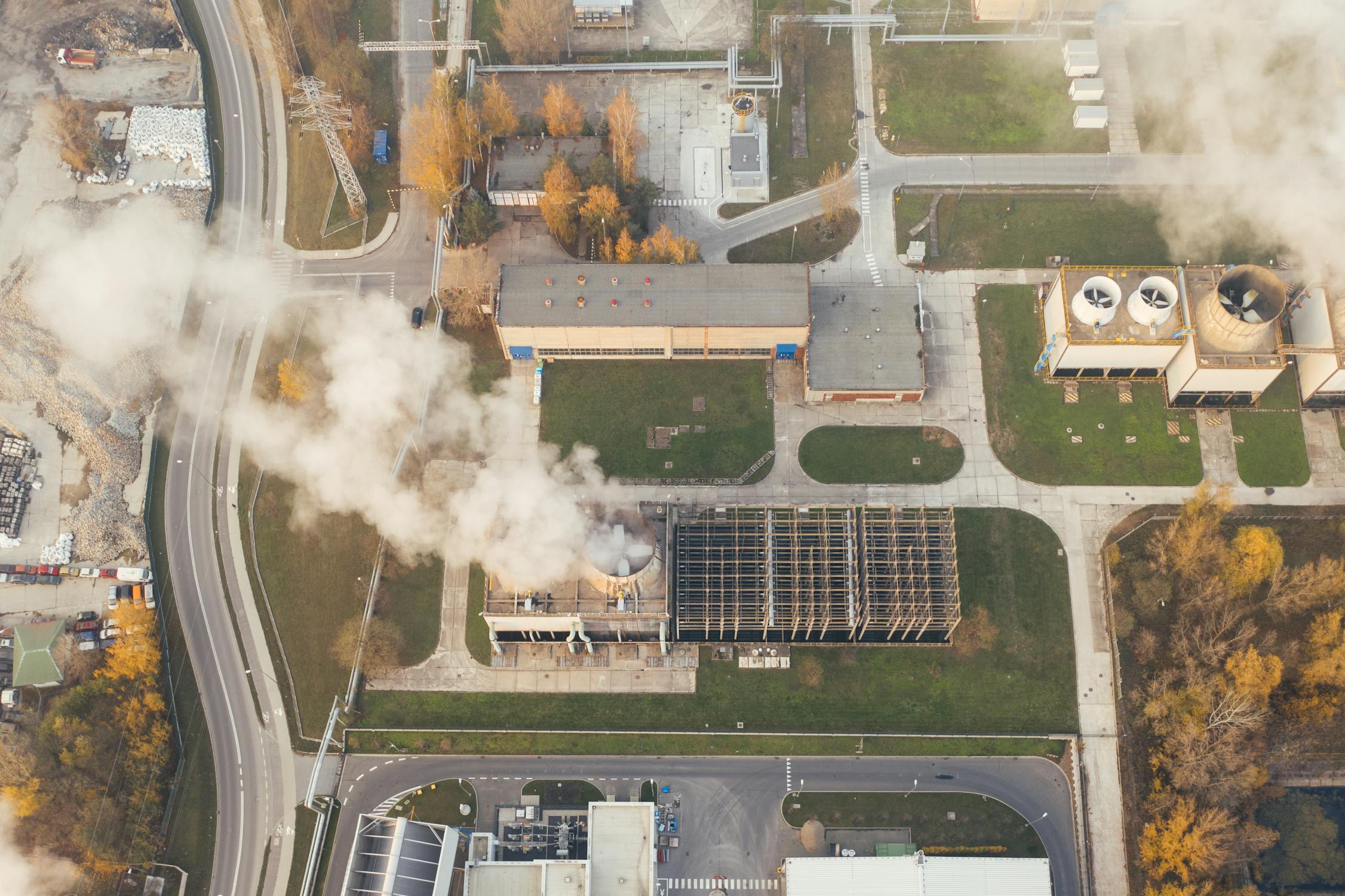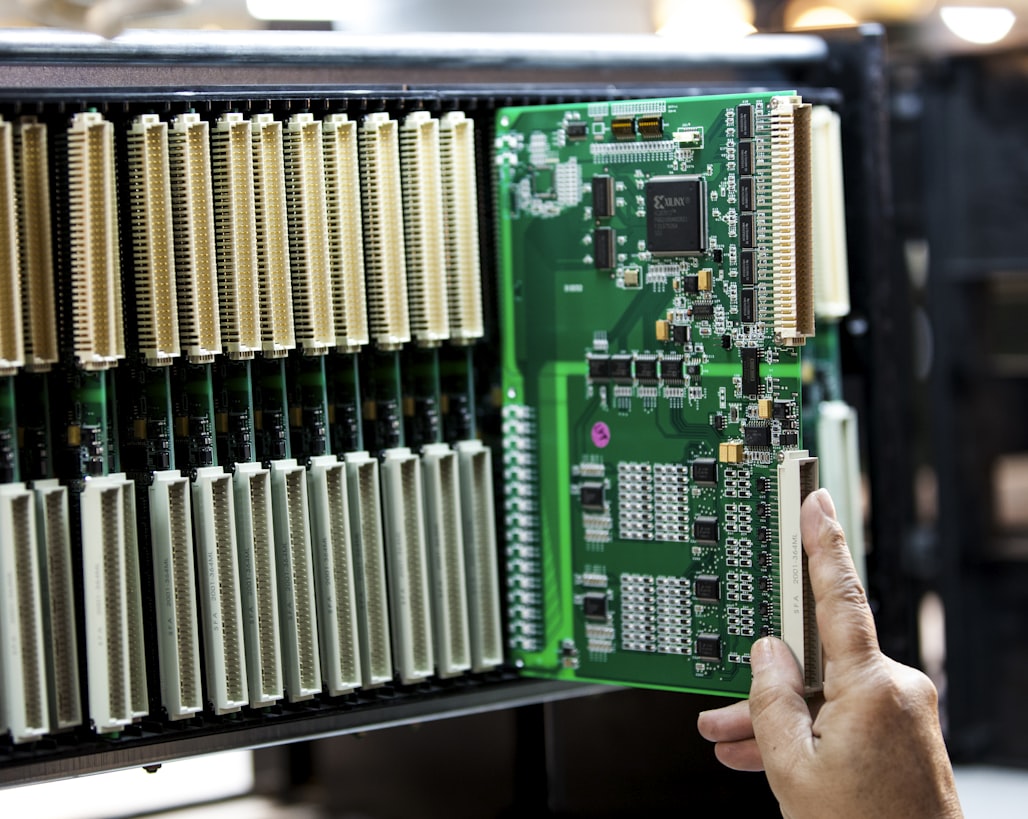Are Environmentally-Friendly Cryptocurrencies and NFTs Achievable?
With all the talk and rage about cryptocurrency, NFTs, and the metaverse, what does it all mean for us? How does it impact our environment? Is it sustainable in the long-run? Is it possible to delve into this universe in an eco-friendly and circular manner?
Let’s begin by defining each of these terms to get a better understanding:
Cryptocurrency – Any form of currency that only exists digitally, that usually has no central issuing or regulating authority but instead uses a decentralized system to record transactions and manage the issuance of new units, and that relies on cryptography to prevent counterfeiting and fraudulent transactions.
Cryptography – The computerized encoding and decoding of information.
Non-Fungible Tokens (NFTs) – A unique digital identifier that cannot be copied, substituted, or subdivided, that is recorded in a blockchain, and that is used to certify authenticity and ownership (as of a specific digital asset and specific rights relating to it).
Blockchain – A digital database containing information (such as records of financial transactions) that can be simultaneously used and shared within a large decentralized, publicly accessible network.
Metaverse – the metaverse is a digital reality that combines aspects of social media, online gaming, augmented reality (AR), virtual reality (VR), and cryptocurrencies to allow users to interact virtually.
These days, it is nothing out of the ordinary to hear people talk about investing in cryptocurrency, buying and selling them, and even getting their own computer systems to mine them. Especially with news of ordinary people becoming millionaires overnight from investing in Bitcoin, more and more people are dabbling in this field after seeing its potential. With more people taking part, even more computers will be needed. As a result, more energy consumption, more fossil fuels, more pollution, and more waste.
As cryptocurrencies have no centralized authority, many – Bitcoin and Ethereum for example – use proof-of-work (PoW), “a decentralized consensus mechanism that requires members of a network to expend effort solving an arbitrary mathematical puzzle to prevent anybody from gaming the system”, to validate transactions and mine new tokens.
In order for every transaction and blockchain to be verified and the security maintained, huge amounts of computational power is needed to continuously run the software and keep all activities in check. And, to power all these machines, huge quantities of energy derived from burning fossil fuels is thus required.
“The blockchain does not become more energy efficient as it grows in popularity.” — Lili Cariou, The “Crypto-” Carbon Crisis: Can CryptoArt and NFTs Be Sustainable?
According to Digiconomist, “a single Bitcoin transaction uses 2,106.37 kilowatt-hours of electricity”, which is equivalent to the amount of power consumed by the average American household over roughly 72 days. Based on the Bitcoin Energy Consumption Index, Bitcoin’s annual footprints are the following: 97.14 Mt of carbon dioxide emissions, 204.50 TWh of electricity, and 29.46 kt of electronic waste.
Is it possible for the validation process of cryptocurrencies to be less energy intensive and to have a smaller environmental footprint? Since proof-of-work is known to require copious amounts of energy, power, and electricity, all while producing huge amounts of waste and pollution in the process, alternative methods of validation are being considered. For instance, proof-of-stake (PoS) is a mechanism seeking to solve the issue of intensive energy usage from PoW by substituting computational power with staking. As defined by coinbase, “staking is the process of actively participating in transaction validation…On these blockchains, anyone with a minimum-required balance of a specific cryptocurrency can validate transactions and earn Staking rewards.” This method, along with proof-of-history, proof-of-elapsed-time, proof-of-burn, proof-of-capacity, and so on, require less computing power as compared to the proof-of-work method that is currently being used.
Moving on to NFTs–
What is all the rage about? Why are people buying images of digital apes and cryptokitties for thousands of dollars? What purpose do NFTs serve in the current world, and in the so-called metaverse? What are the environmental impacts and concerns surrounding all this?
NFTs, or non-fungible tokens, according to the Investopedia definition, are “unique cryptographic tokens that exist on a blockchain and cannot be replicated”. They are digital representations of physical assets such as artwork, music, videos, real-estate, and much more, and have their own unique identification to show proof of ownership as well as history of all transfers. This quality of NFTs makes it so that ownership of such collectibles are unique and exclusive. Perhaps this is the selling point of NFTs, the rareness and potential of such investments.
Similar to cryptocurrencies, NFTs are also based on blockchains. However, unlike cryptocurrencies, NFTs are non-fungible, meaning that they cannot be traded one for another in equal value. The blockchain identification validates each ownership, but as we have discussed earlier, this verification process is energy intensive and takes a toll on our planet.
So, why are people interested in buying NFTs, when you aren’t buying and owning the physical copy but rather the digital representation of it in blockchain form? Some purchase NFTs as a way to collect artwork, and others buy them for the potential they might have in the future, in an even more digitized world.
“This alleged scarcity, combined with the speculative crypto-hype-bubble-startup-craze — has fueled the CryptoArt market, as well as a booming general NFT Rare Collectibles market.” — Memo Akten, The Unreasonable Ecological Cost of #CryptoArt (Part 1)
As of now, the main reason people buy NFTs might be for its market efficiency and identity management. Since NFTs are digital representations of physical items and assets, blockchain takes away the need for agents, simplifying the process as sellers and buyers can connect directly. Furthermore, the unique blockchain on each NFT acts as an extra step of security and verification of authenticity and purchasing history. But, we can’t look away from the ecological impacts; the numbers are staggering.
One NFT is involved in many transactions, such as minting (creating something entirely new), bidding, canceling, selling, transferring, etc., and each transaction type has its own footprint, which really adds up in the long-run.
Based on this breakdown on the footprint of one single NFT, the numbers are:
- Minting: 142 kWh, 83 KgCO2
- Bids: 41 kWh, 24 KgCO2
- Cancel Bid: 12 kWh, 7 KgCO2
- Sale: 87 kWh, 51 KgCO2
- Transfer of ownership: 52 kWh, 30 KgCO2

This means that hundreds of kWh and hundreds of KgCO2 emissions are released from just one single NFT. To us, one transaction might just be a simple click of the mouse, lasting only a fraction of a second, but the reality behind one click for us is large amounts of computational power, energy consumption, and CO2 emissions.
“The total number of NFTs currently on SuperRare is 18,159. The ecological cost of keeping track of all these amounts to the energy usage of 6,154,717 kilowatt-hour, or roughly 6 Gigawatt-hours, and emissions amounting to 3.8 Metric tonnes of CO2. This is equivalent to 2000 years worth of electrical energy consumption by a single person in Europe, or driving for 20 million kilometers and flying for 37,000 hours.” — Slance (YouTube), The Environmental Impact of Non-Fungible Tokens (NFTs)
Just like Bitcoin and Ethereum, NFTs use blockchains to verify transactions, and the high energy consumption comes from the proof-of-work mechanism that requires tons of computers constantly running and mining to verify the data. If we want to reduce the environmental impact of NFTs, the current best solution is to switch to less energy intensive ways of verification as the primary source of energy used to power mining computers is derived from fossil fuels.
So, is it possible to do all this in an environmentally-friendly way?
As of right now, the best solution to lower carbon emissions produced by the mining and verification process of blockchain through PoW is to switch to a less energy costly method. Proof-of-stake is being considered as the main alternative. Instead of using electricity to power computers to verify, buyers have to keep some of their own cryptocurrency tokens locked up in the network to “prove” they’ve got a “stake” in keeping the ledger accurate. If they are caught trying to break any rules, they will lose their tokens as penalty. By reducing – or completely getting rid of – the computers needed to verify blockchain, the amount of emissions and pollution will as a result decrease significantly.
The negative environmental impacts of cryptocurrencies and NFTs are being brought to light more and more, pressuring companies to reduce their power consumption and waste pollution. Ethereum, for example, is upgrading to their 2.0 version called ETH2, which aims to “become more scalable, secure, and sustainable”. Eco-friendly and carbon neutral blockchain platform Solana uses proof-of-history rather than proof-of-work, thereby reducing their carbon emissions. Similarly, Tezos uses proof-of-stake as their verification method, which significantly reduces carbon emissions as well. When it comes to NFTs, Bubblehouse is a social marketplace for people to create and collect NFTs. Bubblehouse uses an eco-friendly blockchain technology, Polygon, which they claim is “more than 84810x more energy-efficient than Ethereum, making it one of the greenest blockchains.”
That being said, there is still a lot of work to be done if we want to ensure that we are not causing further harm to our planet. Whether it is from a developer, investor, collector, creator, or brand perspective, we are all part of the global climate crisis. Although many are realizing the gravity of the problem, the negative environmental impacts behind the fun and fresh concept of owning rare collectibles, sustainable options need to be created and implemented if we want to save and protect our planet.
Doing adequate research and taking the time to educate ourselves about these topics is the first and most responsible thing we can do for our planet. As we witness the rise of technology and the expanding digital world, we are also faced with climate change and global warming as a major side effect that affects us all. Not only consumers but brands are also responsible for the work and products they put out into the world, all that goes behind the manufacturing process, what happens once the product reaches consumers’ hands, and what comes of it when it reaches its end-of-life.

Thinking long-term is crucial for the future of people and the planet. We are already seeing progress being made towards sustainable and eco-friendly alternatives. However, time is of the essence and there is only so much our planet can give before we completely deplete it of its resources. The potential of cryptocurrencies and NFTs are seemingly endless. There is still so much to be explored, new technologies to be developed, and changes to be made with the hopes of prioritizing our environment and the future of our planet.
What is your take on cryptocurrencies and NFTs? Are you interested in investing and collecting them? Were you aware of their environmental impacts, or is this your first time learning about it?
Sources:
- https://www.investopedia.com/metaverse-definition-5206578
- https://www.investopedia.com/terms/p/proof-work.asp
- https://www.investopedia.com/terms/p/proof-stake-pos.asp
- https://digiconomist.net/bitcoin-energy-consumption
- https://ccaf.io/cbeci/index/comparisons
- https://www.investopedia.com/non-fungible-tokens-nft-5115211
- https://help.coinbase.com/en/coinbase/trading-and-funding/staking-rewards/staking-inflation
- https://www.investopedia.com/tech/whats-environmental-impact-cryptocurrency/#citation-17
- https://www.investopedia.com/news/cryptokitties-are-still-thing-heres-why/
- https://memoakten.medium.com/the-unreasonable-ecological-cost-of-cryptoart-2221d3eb2053
- https://www.youtube.com/watch?v=8AqGMY04xQ4
- https://impakter.com/can-cryptoart-and-nfts-be-sustainable/
- https://www.theverge.com/2021/3/15/22328203/nft-cryptoart-ethereum-blockchain-climate-change
- https://www.fierceelectronics.com/electronics/can-cryptocurrency-become-more-environmentally-friendly
- https://ethereum.org/en/eth2/vision/
- https://tezos.com/
- https://bubblehouse.com/
- https://solana.com/environment
Images:



Leave a comment
Please note, comments must be approved before they are published